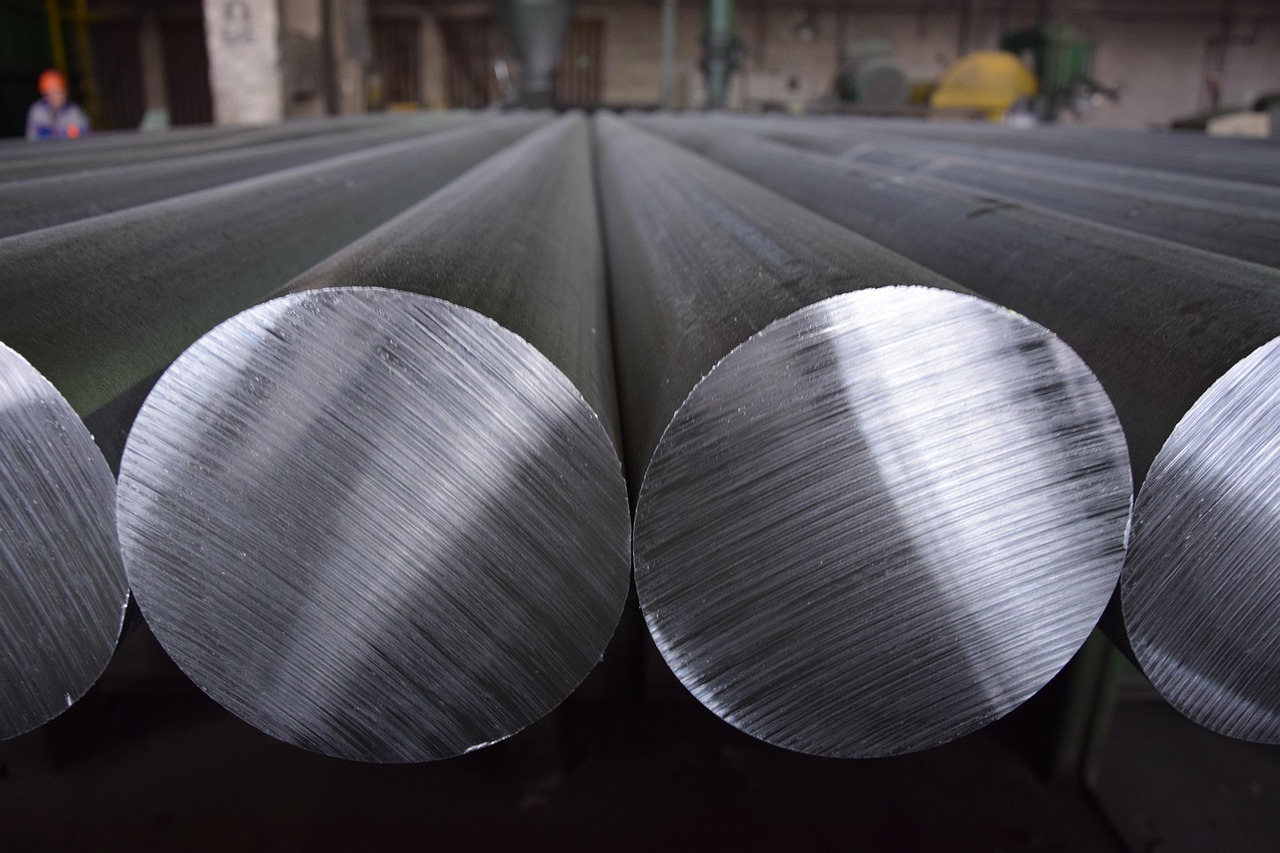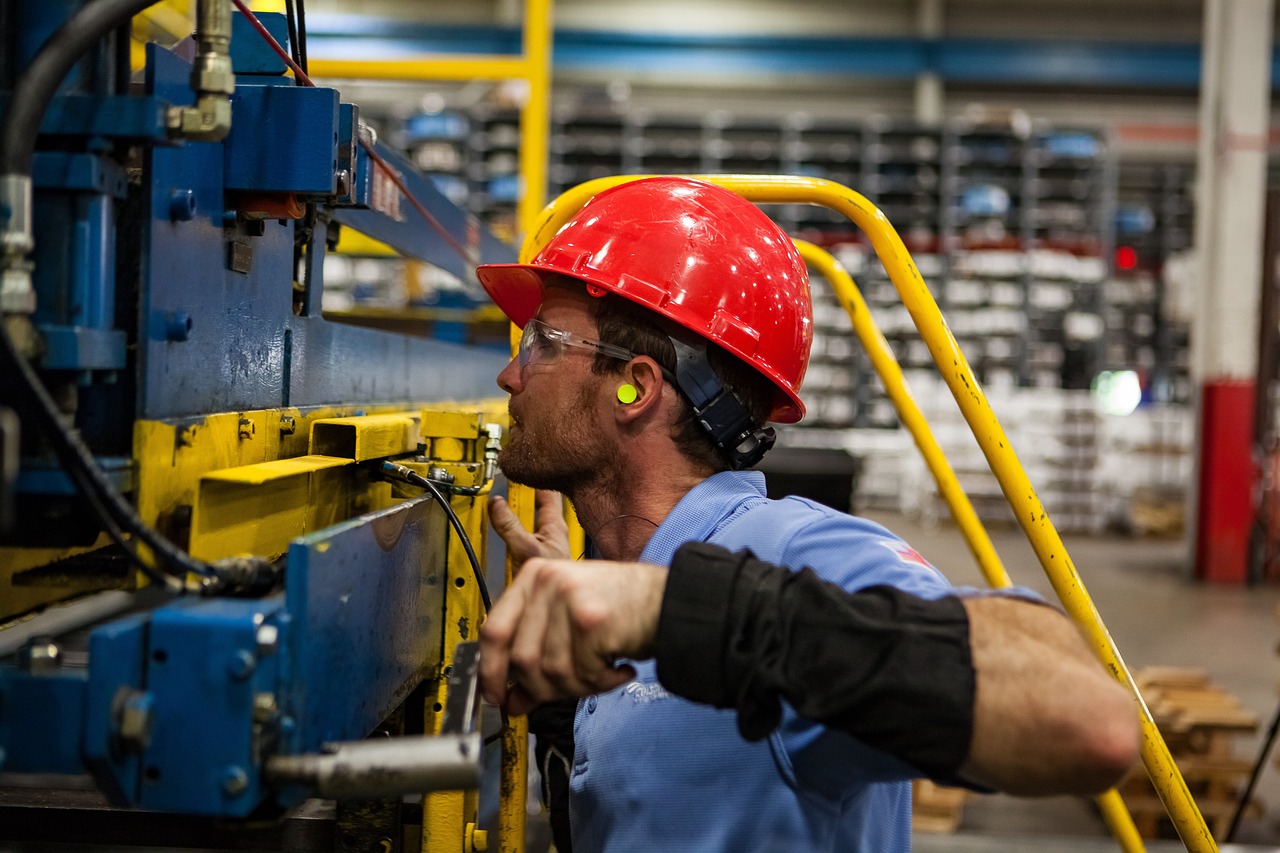Unlocking the Power of IoT: How Organizations Thrive with Smart Technology

Staying competitive today means leveraging every possible advantage. The Internet of Things (IoT) happens to be something worth leveraging. Think of IoT as a way to connect all the devices and machines a business uses into one big digital network. When everything’s connected, companies get access to valuable insights they wouldn’t have otherwise—helping them make smarter decisions, work faster, and cut down on downtime.
What does it really mean for a business? And how can you actually use it to your advantage? Let’s break down the biggest benefits of IoT and explore a real-world example from manufacturing. Whether you’re just getting started or want to dig deeper, this guide will show how IoT can add value to your business.
Basic Insights to IoT
IoT might seem like just another tech buzzword, but it’s so much more than that. It’s the bridge connecting our physical world to the digital one, where machines, sensors, and devices talk to each other, constantly collecting and sharing data.
IoT gives businesses a steady stream of insights, making it possible to see what’s happening in real time—whether that’s your production line, inventory levels, or the health of your equipment. This kind of visibility changes the game for leaders, helping them make faster, smarter decisions. And when your operations run smarter, you cut waste, improve efficiency, and ultimately boost profits.
IoT gives organizations a kind of “digital intuition,” helping them act on insights they’d never have otherwise. It’s about using data to see what’s really happening and being ready to adjust in the moment.
The Key Benefits of IoT for Organizations
Now, let’s look at the specific ways IoT benefits organizations. While the potential benefits are vast, five main areas stand out: operational efficiency, data-driven decision-making, predictive maintenance, improved product quality, and enhanced safety.
Operational Efficiency
IoT allows companies to automate processes and streamline operations. This isn’t about replacing people; it’s about making their work smarter and more efficient. Imagine a factory where sensors monitor machines, alerting operators to adjust before issues arise. This means machines run longer without interruptions.
In a logistics setting, IoT can track shipments in real-time, so delays are flagged immediately. The entire chain is more responsive, ensuring goods move efficiently to the next step.
This efficiency saves time and money. When companies reduce downtime and boost productivity, they become more competitive.
Data-Driven Decision-Making
Quick and accurate decisions are crucial. IoT provides real-time data to help businesses make these decisions with confidence. By collecting and analyzing data, companies can better understand what’s happening on the ground.
Consider an agricultural business. With IoT, they can monitor soil moisture, weather conditions, and crop health. This allows farmers to adjust irrigation and fertilization, maximizing yield. They no longer have to guess or wait for field reports.
In any industry, data-driven decisions reduce waste and optimize resources. IoT takes the guesswork out of business, making operations more predictable and responsive.
Predictive Maintenance and Reduced Downtime
One of the most valuable applications of IoT is predictive maintenance. Machines with IoT sensors can detect early signs of wear and tear. When something goes wrong, IoT-enabled devices can alert maintenance teams immediately.
For example, let’s say a sensor detects that a motor’s temperature is rising. Instead of waiting for it to fail, the maintenance team can fix it proactively. This prevents unexpected downtime, which can be costly, especially in industries where operations are continuous.
Predictive maintenance also saves money on repairs. By addressing issues early, companies avoid more expensive fixes later. Over time, this leads to significant cost savings.
Improved Product Quality
Quality control is essential for any organization that produces goods. IoT helps maintain high standards by monitoring quality in real time. In manufacturing, sensors can measure parameters like temperature, pressure, and product dimensions.
For example, a beverage company might use IoT to monitor bottling line temperatures. If the temperature falls out of range, an alert is triggered, and the issue can be corrected immediately. This prevents quality issues that could lead to costly recalls.
Maintaining consistent product quality builds trust with customers. IoT makes it easier for organizations to deliver high-quality products every time.
Enhanced Safety and Compliance
Safety is critical in industries where employees work in potentially hazardous environments. IoT can monitor these environments, alerting workers and supervisors to potential dangers. For example, sensors can detect gas leaks, temperature changes, or equipment malfunctions in a chemical plant.
Compliance is also easier with IoT. Many industries must adhere to strict regulations, from food processing to pharmaceuticals. IoT makes it easier to monitor compliance in real time, reducing the risk of violations and keeping records automatically.
With IoT, organizations create safer workplaces and ensure they meet industry standards, protecting both their workers and their reputation.
Real-World Example: IoT in Manufacturing
To understand the impact of IoT, let’s look at a real-world example in manufacturing. For this case, we’ll explore how a well-known company, Siemens, leverages IoT in its manufacturing operations.
The Siemens Approach to IoT
Siemens is a leader in industrial manufacturing, and they’ve embraced IoT to improve efficiency. In one of their factories, Siemens implemented IoT sensors across production lines. These sensors monitor everything from machine performance to environmental conditions.
Implementation Overview
The IoT system at Siemens tracks machine health, energy consumption, and production rates. If a machine shows signs of wear, the IoT system alerts the maintenance team. Real-time data is constantly fed to a central system, where it’s analyzed to optimize production and reduce waste.
Siemens also uses IoT for predictive maintenance. For example, if a sensor detects that a motor’s vibration level is increasing, it signals that the motor may soon need servicing. This helps Siemens address issues before they cause a breakdown, keeping operations smooth.
Benefits Realized by Siemens
Since implementing IoT, Siemens has seen remarkable improvements in efficiency and quality. Downtime is reduced because maintenance teams know about potential issues before they become major problems. Product quality has also improved, thanks to real-time monitoring.
These improvements save Siemens money on repairs and prevent costly shutdowns. By keeping machines running smoothly and maintaining high-quality standards, Siemens boosts its bottom line.
This example shows how IoT can transform manufacturing, making it leaner, more efficient, and responsive.
Challenges and Considerations for Organizations
While IoT offers incredible benefits, it’s not without challenges. Businesses should consider a few key factors before implementing IoT.
High Upfront Costs
Implementing IoT requires an initial investment. Businesses must buy sensors, install software, and set up data infrastructure. For some companies, this can be a hurdle. However, the long-term savings from increased efficiency and reduced downtime often outweigh the upfront costs.
Data Privacy and Security
With IoT, data flows continuously between devices. This raises concerns about privacy and security. A data breach in an IoT network can be costly, both financially and reputationally. Businesses should prioritize cybersecurity to protect their data and devices from threats.
Integration with Existing Systems
Many organizations already have legacy systems. Integrating these with new IoT technology can be challenging. Companies must assess compatibility and possibly invest in custom solutions to make everything work seamlessly.
Skills and Training
IoT is a complex technology. Employees need training to work with IoT data and devices effectively. Businesses should prepare to invest in upskilling their teams to fully leverage IoT’s potential.
How to Get Started with IoT
If you’re ready to explore IoT, start by identifying specific business areas where it could have the biggest impact. For example, ask yourself: “Would real-time data make my operations more efficient?” or “Could predictive maintenance save costs on repairs?” Once you pinpoint where IoT could make a difference, look for devices or sensors designed to capture the data you need.
Next, think about your data infrastructure. Implementing IoT means handling large amounts of data, so it’s essential to have the right tools to store, analyze, and protect it. Many companies partner with IoT solution providers who can guide them through setting up secure, scalable IoT systems.
Remember, you don’t need to go all-in immediately. Start small, test the waters, and expand as you see results. This gradual approach allows you to manage costs and make adjustments as your business adapts to new insights.
Conclusion: Embracing IoT for a Smarter Future
IoT is a powerful tool reshaping how businesses operate. By automating tasks, delivering real-time data, and reducing downtime, IoT gives companies a serious competitive edge. Just look at manufacturing leaders like Siemens—they’re already seeing big gains in efficiency and quality thanks to IoT.
If you’re thinking about future-proofing your business, IoT is definitely worth a look. Sure, there are challenges like cost and security to consider, but the benefits are hard to ignore. IoT can make your business smarter, faster, and more adaptable to whatever comes next.
As IoT continues to grow, it’s going to open up even more opportunities across industries. Now is the time to start exploring what IoT could mean for your business and to set the stage for a more connected, data-driven future.





